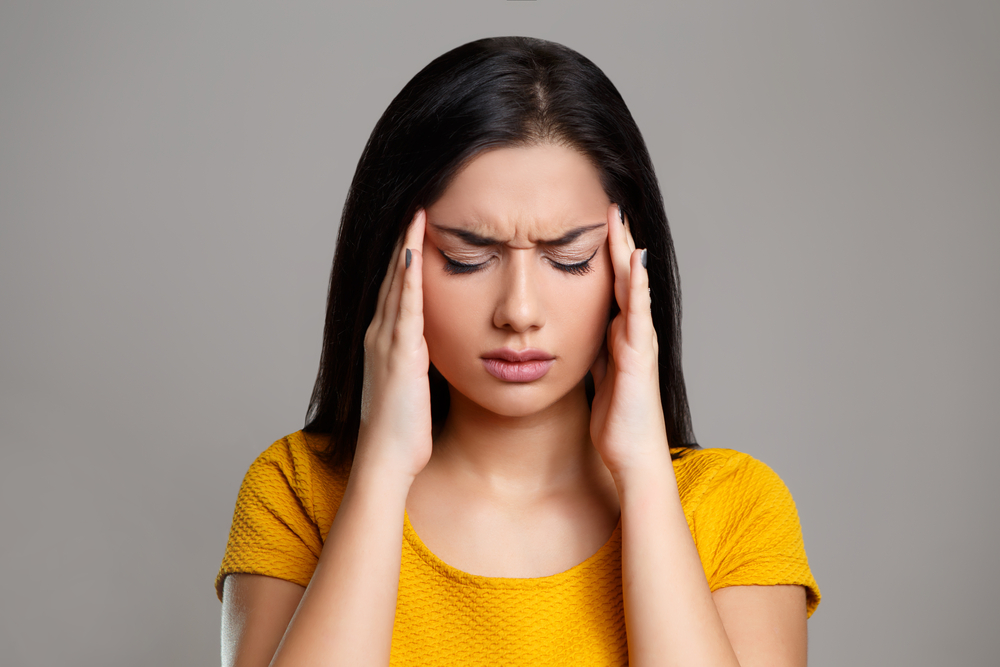Comprehensive Guide to Managing and Preventing Migraines for Better Quality of Life
This comprehensive guide explores effective methods for managing and preventing migraines. It emphasizes lifestyle modifications, medications, alternative therapies like acupuncture and essential oils, and dietary support such as ginger. By implementing these strategies, individuals can reduce migraine frequency and severity, enhancing their quality of life. Early intervention and personalized treatment plans play a crucial role. Consulting healthcare professionals ensures safe and tailored relief approaches. This detailed overview serves as a valuable resource for migraine sufferers seeking long-term solutions to cope with this challenging neurological condition.

Effective Strategies for Managing and Preventing Migraines
Migraines are a common neurological disorder characterized by intense, throbbing headaches that often afflict one side of the head. These severe headaches are accompanied by heightened sensitivity to light, sound, and strong smells, which can significantly disrupt daily routines and diminish overall quality of life. For many sufferers, migraines are more than just a painful headache—they are a complex condition that requires careful management and preventative measures to minimize their frequency and severity.
While migraines can sometimes be diagnosed through self-awareness and managed with a combination of lifestyle modifications, medications, and alternative therapies, their underlying causes can be highly variable. Some individuals experience hereditary predispositions, while others develop migraines due to environmental triggers or lifestyle factors. The duration and intensity of migraines may range from mild discomfort to debilitating pain that lasts for hours or even days. Typically, a migraine attack lasts between 8 to 10 hours, but early intervention can help ward off escalation to more severe episodes. Unfortunately, advanced or chronic migraines require comprehensive management strategies and can pose ongoing challenges for both patients and healthcare professionals.
Effective migraine management hinges on a multifaceted approach that combines lifestyle changes, suitable medications, and complementary therapies. Understanding and identifying individual triggers is crucial for prevention. Moreover, adopting a proactive attitude towards symptom management can significantly reduce the frequency and severity of attacks, ultimately improving the individual's overall well-being.
Practical and Proven Tips for Migraine Relief and Prevention
Responding promptly at the first sign of a migraine can prevent its progression into a more severe episode. Here are some detailed and practical methods to manage migraines effectively—whether you are seeking immediate relief or long-term prevention:
Self-Care and Lifestyle Modifications
Managing stress is vital, as stress often acts as a trigger for migraines. Incorporate relaxation techniques such as meditation, deep breathing exercises, or progressive muscle relaxation into your daily routine. Maintaining a positive mental attitude and realistic expectations can also help keep tension levels low. Calming activities like listening to soothing music, practicing mindfulness, or engaging in hobbies can help keep nerves relaxed. Additionally, simple remedies like warm showers, applying lukewarm towels to the forehead, or neck can provide natural relief. For some individuals, mild caffeine intake can help alleviate early symptoms, but caution is advised to avoid overconsumption, which may lead to rebound headaches or interfere with sleep patterns.
Medication Management
Over-the-counter pain relievers, such as acetaminophen (Tylenol), aspirin, ibuprofen (Advil), and naproxen (Aleve), are often effective for quick relief when taken at the first sign of a migraine. Combining these with other medications like Excedrin may enhance effectiveness, but proper dosing and timing are critical to prevent side effects. For chronic or severe migraines, healthcare providers may prescribe triptans, ergots, anti-nausea drugs, or preventive medications that reduce attack frequency. It’s essential to work closely with your healthcare provider to tailor a treatment plan suited to your specific needs, monitor potential side effects, and adjust medications accordingly.
Exploring Alternative and Complementary Therapies
Many individuals find relief through non-traditional therapies. Acupuncture, for example, has demonstrated effectiveness in reducing migraine frequency and severity without causing significant side effects. Aromatherapy using essential oils like lavender and peppermint offers additional relief. Lavender oil inhalation can help relax nerves and ease pain, while topical application of peppermint oil on the forehead and temples can diminish headache intensity. Chiropractic treatments may help alleviate muscle tension that contributes to migraines. Oxygen therapy or heat packs can also provide relief by improving blood flow and relaxing tense muscles. As with all alternative therapies, consulting a healthcare professional ensures safety and appropriateness for your specific condition.
Utilizing Essential Oils
Essential oils have gained popularity as natural remedies for migraine relief. Lavender oil, known for its calming properties, can be inhaled directly or diffused in the air, offering fast relief—often within 15 to 20 minutes—by diminishing headache pain and calming nerves. Peppermint oil, when applied to the forehead and temples, has a cooling effect that can significantly reduce headache discomfort. These oils are generally safe when used properly but should be diluted and tested on a small skin area initially to avoid allergic reactions. Incorporating essential oils into your daily routine can serve as an effective adjunct to other treatments.
Incorporating Physical Activities
Engaging in gentle physical activity, especially yoga, can be highly beneficial for individuals prone to migraines. Yoga enhances relaxation, reduces stress, improves blood circulation, and supports overall vascular health. Specific yoga poses designed for stress relief and improved blood flow can help decrease the frequency of migraine attacks. While yoga is not a cure-all, it can complement medical treatments and improve resilience against triggers. Regular practice, combined with proper breathing exercises, can contribute to better sleep patterns and reduce tension—all factors that may reduce migraine episodes over time.
Dietary Support with Ginger
Ginger, a common ingredient in cooking, also boasts medicinal properties that can help manage migraine symptoms. It has anti-inflammatory effects, helps reduce nausea, and alleviates fatigue often associated with migraines. Incorporating fresh ginger into your diet or taking ginger supplements can provide relief and potentially lessen the severity of attacks. Always consult your healthcare provider before starting herbal supplements, especially if you are on medication or have underlying health conditions.
In summary, these comprehensive strategies—ranging from lifestyle changes and medication to natural therapies—can significantly improve the management of migraines. Early detection and prompt intervention are crucial for minimizing discomfort and preventing the progression of symptoms. While some cases may require ongoing treatment, most individuals can find significant relief by adopting a proactive approach tailored to their specific triggers and needs. If headaches persist or worsen, it is imperative to seek professional medical advice to explore advanced diagnostics and personalized treatment options to control this condition effectively.





